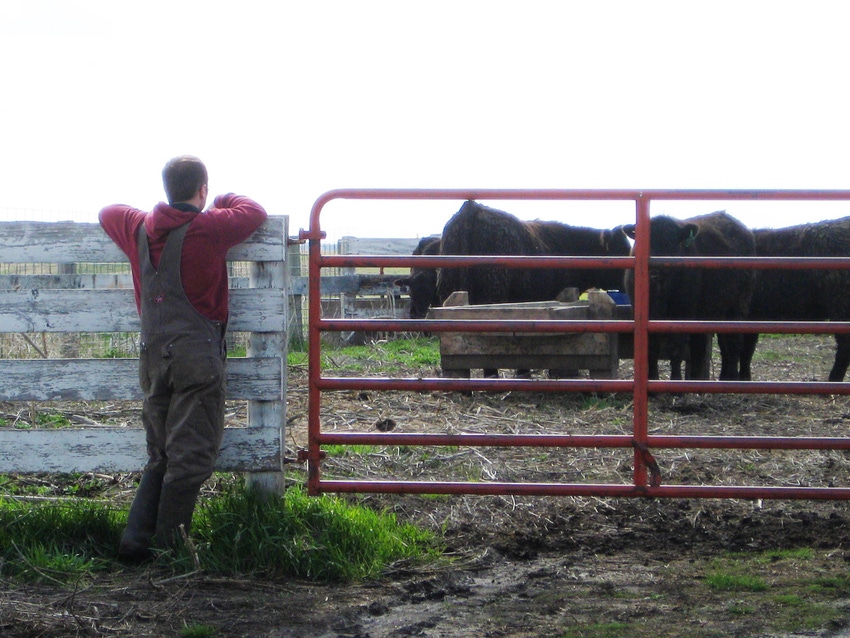Quarter four is a good time to analyze risks and opportunities in your ranch.
October 25, 2021

Quarter four seems to be speeding by at lightning speed, and before we know it, 2022 will be here.
As we consider the expenses, earnings, opportunities, risks, and vulnerabilities our operations may incur in the next few months and years, now might be a good time to analyze the data and make a clear path moving forward that takes all of these factors into consideration.
A timely article from South Dakota State University Extension challenges producers to take a look at the changing marketplace, price volatility, labor availability, and other scenarios that may impact the beef cattle enterprise.
According to the article, which was written collaboratively by Roger N. Gates, Barry H. Dunn, Jack Davis, Agustin Arzeno, and Martin Beutler, “Strategic planning is a fundamental step toward a ranch’s future viability. However, rapid changes among a variety of outside factors— movement in the beef price cycle, availability of labor and ranch (or estate) transition issues, or feed availability and price—can strongly impact the success of a strategic plan.
“Therefore, a key to successfully preparing for the future is the ability to ‘understand the environment’ and anticipate what industry trends and patterns may affect the ranch business. Scenario planning provides the opportunity to do just that and can be a valuable tool in strengthening the ranch strategic plan.”
In the report, the authors encourage producers to do a SWOT analysis looking at strengths, weaknesses, opportunities, and threats of the ranch.
Here are a few tips to begin your SWOT analysis:
1. Consider the strengths and weakness within the operation.
The authors write, “When listing strengths and weaknesses, try to formulate a list that reflects not only how you see your operation, but also how customers see botht eh business and the products they purchase.
Ask yourself:
What advantages does my business have?
What do neighbors see as my strengths?
Why do customers like what they buy?
What are the present and future reasons that my business has a sustainable competitive advantage?
To list weaknesses, ask yourself:
What can I improve?
What are the factors that prevent me from selling to certain customers?
Why can’t I achieve target financial objectives?
2. Opportunities and threats come from outside your operation.
When listening opportunities and threats, ask yourself:
What will markets be doing in the short and long term?
What are my competitors’ weaknesses?
Is my operation ready to take advantage of anticipated technological changes?
What are the immediate and future developments within my local community?
How is my firm positioned to face changes in the Farm Bill?
The U.S. is opening markets to the kind of products I market. Is my operation ready to immediately benefit from that?
3. Understanding the competition is part of this process, too.
During the SWOT analysis, the ‘competition’ concept is important to consider. For many corporations and businesses, competitors may be relatively easy to identify. However, ‘competition’ between ranchers and/or farmers may be hidden in discussions about the best yields, weights, and/or prices; and so the competition may not be openly declared.”
To read the full report, which includes worksheets to do as you plan and analyze, click here.
The opinions of Amanda Radke are not necessarily those of beefmagazine.com or Farm Progress.
About the Author(s)
You May Also Like





